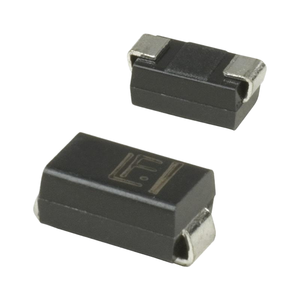Thyristors Online | High-Quality Power Semiconductors
PRODUCT PARAMETERS
Description
Introduction to Thyristor Diode Modules
Thyristor diode modules, often simply referred to as thyristors, are a type of semiconductor device used primarily for controlling and switching electrical power in various applications. They act as controlled switches, allowing current to flow when triggered by a small gate signal. Once turned on, they remain conducting until the current through them falls below a certain threshold or the direction of the current is reversed.
A thyristor module typically consists of multiple thyristors packaged together to handle higher currents or voltages than a single component could manage. These modules can be found in a variety of configurations, including SCR (Silicon Controlled Rectifier), TRIAC, and GTO (Gate Turn-Off) thyristors, each designed for specific types of power control tasks.
Features and Advantages of Thyristor Diode Modules
-
High Power Handling Capacity:
Thyristor modules are capable of handling high levels of power, making them suitable for industrial applications that require robust and reliable power management solutions. -
Efficient Power Control:
Thyristors offer precise control over the power delivered to a load. By controlling the timing of the gate pulse, it’s possible to adjust the amount of power being transferred, which is particularly useful in AC power control applications such as dimming lights or speed control of motors. -
Low Conduction Losses:
When fully on, thyristors have low forward voltage drops, resulting in minimal power losses during conduction. This efficiency contributes to lower operating temperatures and improved energy efficiency. -
Rugged Construction:
Designed for harsh environments, thyristor modules feature durable packaging that can withstand mechanical stress, temperature fluctuations, and other environmental factors typical in industrial settings. -
Compact Design:
Despite their ability to handle significant power, modern thyristor modules are compact, enabling space-saving designs in equipment where size and weight are critical considerations. -
Cost-Effective Solution:
Thyristor modules provide an economical way to implement powerful switching and control functions compared to alternative technologies that might not be as efficient or may cost more per unit of power handled. -
Simple Triggering Mechanism:
Thyristors require only a small gate current to turn on, which simplifies the design of control circuits. The triggering mechanism can be easily integrated into existing systems with minimal additional components. -
Wide Range of Applications:
From motor control and power supplies to welding machines and traction systems, thyristor modules find application across a broad spectrum of industries due to their versatile characteristics. -
Overcurrent Protection:
Many thyristor modules come equipped with built-in protection features against overcurrent conditions, safeguarding both the device itself and connected loads from potential damage. -
Fast Switching Speeds:
Advanced thyristor modules can switch states rapidly, which is beneficial in applications requiring quick response times or frequent switching cycles without compromising performance.
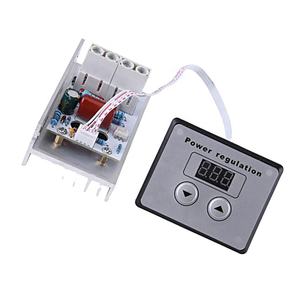
(OPT101 Light Analog Light Intensity Sensor Module Single Chip Photoelectric Diode 14KHz CJMCU-101)
Specification of OPT101 Light Analog Light Intensity Sensor Module Single Chip Photoelectric Diode 14KHz CJMCU-101
The OPT101 Light Analog Light Intensity Sensor Module (CJMCU-101) is designed for precise light measurement. It combines a photodiode and a transimpedance amplifier on a single chip. This integration simplifies circuit design. The module operates across a wide voltage range of 2.7V to 36V. It suits low-power and high-voltage applications. The output voltage varies linearly with light intensity. This ensures easy calibration and reliable performance.
The sensor’s spectral response range matches human eye sensitivity. It detects visible light effectively. The built-in amplifier provides a high gain bandwidth of 14kHz. This allows accurate tracking of fast light changes. Noise levels remain low due to optimized internal circuitry. Stable readings are achievable even in fluctuating conditions.
Physical dimensions are compact. The module uses a standard DIP-8 package. This makes it compatible with breadboards and PCBs. Connections are straightforward. Only a power supply and output pin are needed. No external components are required for basic operation.
Key specifications include a typical responsivity of 0.45 A/W at 650 nm. Dark current is minimal (typically 2 pA). Operating temperature ranges from -40°C to 85°C. This ensures functionality in harsh environments. The output voltage swings from near ground to 0.9V below the supply voltage.
Applications include ambient light sensing, industrial automation, and medical devices. It works in camera exposure control, display backlight adjustment, and optical switches. Educational projects benefit from its simplicity. Hobbyists can integrate it into light-activated systems.
Calibration involves exposing the sensor to known light levels. Users adjust scaling factors as needed. The output can interface directly with microcontrollers or analog-to-digital converters. Signal conditioning circuits are optional for specialized needs.
Power consumption is low (1.8mA typical at 5V). Battery-powered setups are feasible. Reverse polarity protection is absent. Users must ensure correct wiring. Exposure to intense light beyond 10 mW/cm² should be avoided. This prevents saturation or damage.
The CJMCU-101 module offers a balance of performance and ease of use. Its single-chip design reduces external part counts. Engineers and developers find it adaptable for diverse light-sensing tasks.
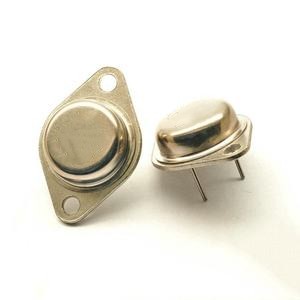
(OPT101 Light Analog Light Intensity Sensor Module Single Chip Photoelectric Diode 14KHz CJMCU-101)
Applications of OPT101 Light Analog Light Intensity Sensor Module Single Chip Photoelectric Diode 14KHz CJMCU-101
The OPT101 Light Analog Light Intensity Sensor Module is a single-chip solution combining a photodiode and a transimpedance amplifier. It converts light intensity into a voltage output. This makes it simple to measure light levels without complex circuits. The module works in a wide range of applications. It is reliable for both industrial and consumer projects.
The sensor operates up to 14kHz. This high bandwidth suits fast-changing light detection. It is ideal for environments needing quick response times. Examples include industrial automation systems. Machines use it to detect objects or monitor light changes in real time.
In consumer electronics, the module adjusts screen brightness. Devices like smartphones or tablets save power this way. It also improves user comfort. The sensor ensures displays adapt smoothly to ambient light.
Medical devices benefit from its accuracy. Pulse oximeters rely on precise light measurement. The OPT101 provides stable readings. It helps track blood oxygen levels effectively.
Environmental monitoring systems use the sensor to track light pollution. Researchers gather data on outdoor lighting conditions. The module’s linear output simplifies data analysis. It requires minimal calibration.
Hobbyists integrate the CJMCU-101 module into DIY projects. It pairs easily with microcontrollers like Arduino or Raspberry Pi. Users build light-activated alarms or smart garden systems. The voltage output connects directly to analog pins. Coding becomes straightforward.
The compact design saves space in tight layouts. Low power consumption extends battery life in portable devices. The sensor performs consistently across temperatures. It handles -40°C to 85°C.
The OPT101 is cost-effective for mass production. Its single-chip design reduces component count. Manufacturers cut costs without sacrificing performance.
This module suits robotics for obstacle detection. Robots navigate by sensing changes in reflected light. The high sensitivity detects even weak light sources.
Educational labs use it to teach photonics principles. Students learn light measurement techniques hands-on. The simplicity of the module aids understanding.
The CJMCU-101 version includes easy-to-solder pins. Prototyping requires no specialized tools. Developers test ideas quickly.
The sensor’s voltage range is 0V to Vcc. It interfaces with most analog systems. Users avoid signal conditioning circuits. This speeds up project timelines.
Reliability makes the OPT101 a standard in light sensing. It delivers repeatable results over long periods. Maintenance needs are minimal.
Its versatility spans from basic light detection to advanced analytical tasks. The module adapts to diverse requirements. Users customize applications without redesigning hardware.
The OPT101 suits scenarios demanding precision and speed. It bridges the gap between analog sensing and digital processing. Integration into existing systems is seamless.
Company Profile
PDDN Photoelectron Technology Co., Ltd.(sales@pddn.com) is one of the leading enterprises in power electronics technology and power products, which is fully involved in developing solar inverters, transformers, voltage regulators, distribution cabinets, thyristors, modules, diodes, heaters, and other electronic devices or semiconductors. We will be committed to providing users with high-quality, efficient products and considerate service.
It accepts payment via Credit Card, T/T, West Union, and Paypal. PDDN will ship the goods to customers overseas through FedEx, DHL, by sea, or by air. If you want high-quality OPT101 Light Analog Light Intensity Sensor Module Single Chip Photoelectric Diode 14KHz CJMCU-101, please send us inquiries; we will be here to help you.
Payment Methods
L/C, T/T, Western Union, Paypal, Credit Card etc.
Shipment
By sea, by air, by express, as customers request.
Storage Conditions
1) Store in a dry environment at room temperature.
2) Avoid damp and high temperature.
3) Use immediately after opening the inner packing bag.
5 FAQs of OPT101 Light Analog Light Intensity Sensor Module Single Chip Photoelectric Diode 14KHz CJMCU-101
The OPT101 Light Analog Light Intensity Sensor Module detects light levels using a built-in photodiode. It converts light to an electrical signal for easy reading. The CJMCU-101 version includes a single-chip design for simplified integration. Below are answers to common questions.
What does the OPT101 module do? It measures light intensity. The photodiode inside reacts to light. This generates a current. The chip converts the current to a voltage signal. The output voltage rises with brighter light.
How is the module connected? It works with analog input systems. Connect V+ to a 2.7V to 36V power supply. Ground the GND pin. The output pin links to an analog-to-digital converter or microcontroller. No extra components are needed.
What is the output voltage range? The output ranges from 0V to 5V. Darkness gives near 0V. Bright light pushes the voltage toward 5V. The response is linear. This makes calibration straightforward.
What does the 14kHz bandwidth mean? The sensor responds quickly to light changes. It detects fluctuations up to 14,000 times per second. This suits applications needing fast feedback. Examples include industrial automation or flicker detection.
Where is this sensor used? It works in light meters, medical devices, or robotics. It monitors ambient light in displays. It detects object presence in assembly lines. The small size fits portable gadgets.
The module operates in temperatures from -40°C to 85°C. It handles low-light and high-light conditions. Minimal power consumption makes it ideal for battery-powered projects. Compatibility with common microcontrollers simplifies prototyping.
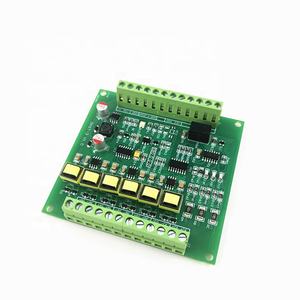
(OPT101 Light Analog Light Intensity Sensor Module Single Chip Photoelectric Diode 14KHz CJMCU-101)
REQUEST A QUOTE
RELATED PRODUCTS
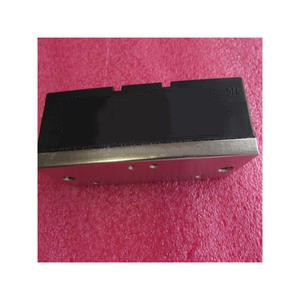
HD-8A36 HD-8A50 HD-8280 HD-K280 HD-8AA6 808nm 810nm 790nm transmitter diode laser stack module for hair removal
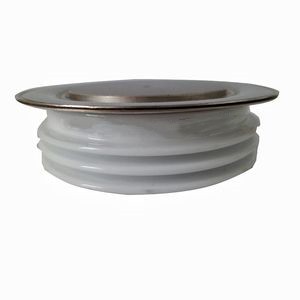
High Quality 100W laser diode module
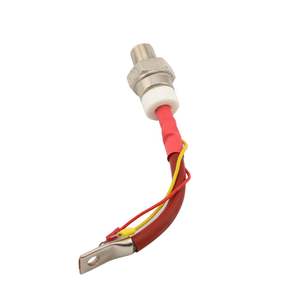
HD 808nm 810nm 790nm 4bars 5bars 6bars 8bars 16bars 32bars 10bars diode laser stack module for hair removal
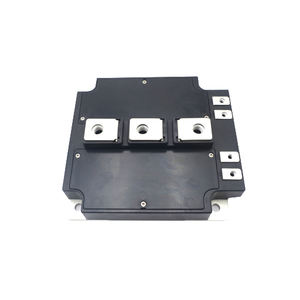
SKKD46/12 SKKD46/18 SKKD46/14 SKKD46/16 SKKD46/10 SKKD46/08 SKKD46/20 SKKD46/10 SKKD46/08 Rectifier Diode Module
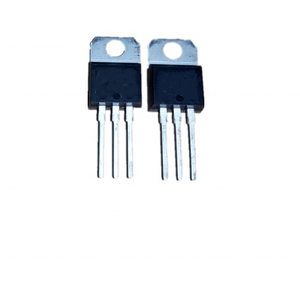
Original Diode Rectifier Bridge DF20AA160


